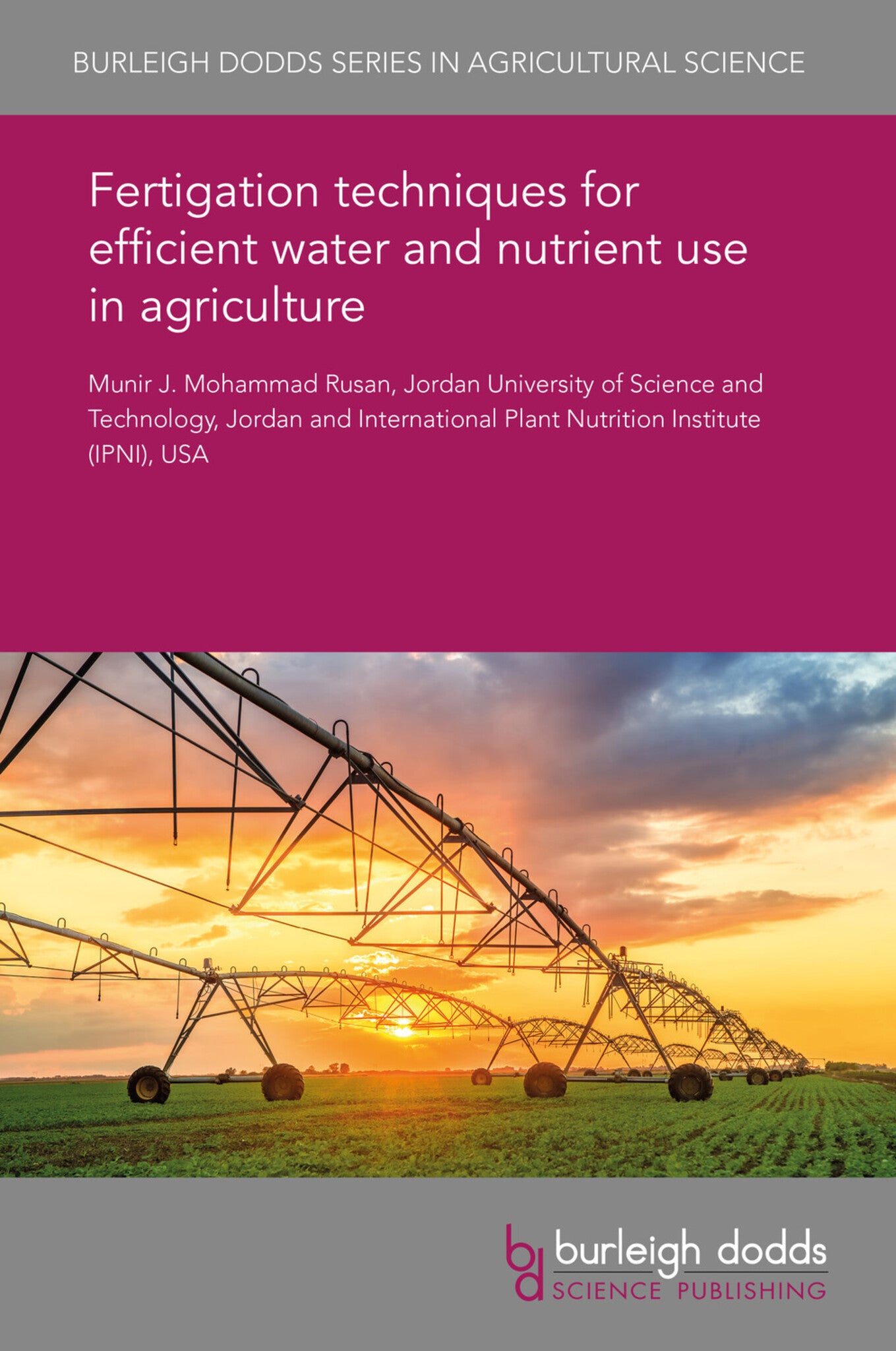We're sorry. An error has occurred
Please cancel or retry.
Fertigation techniques for efficient water and nutrient use in agriculture

Some error occured while loading the Quick View. Please close the Quick View and try reloading the page.
Couldn't load pickup availability
- Format:
-
06 July 2018


TECHNOLOGY & ENGINEERING / Agriculture / Sustainable Agriculture, Sustainable agriculture, TECHNOLOGY & ENGINEERING / Agriculture / Irrigation, TECHNOLOGY & ENGINEERING / Agriculture / Agronomy / Soil Science, Irrigation and water management, Agronomy and crop production

1 Introduction 2 Advantages of fertigation 3 Limitations and constraints of fertigation 4 Prerequisites of successful and efficient fertigation 5 Nutrient fertigation 6 Fertilizer injection equipment 7 Fertigation solutions 8 Fertigation under greenhouse conditions 9 Applying the 4R principles of nutrient stewardship 10 Monitoring of soil, plant and water under fertigation 11 Future trends and conclusion 12 Where to look for further information 13 References



